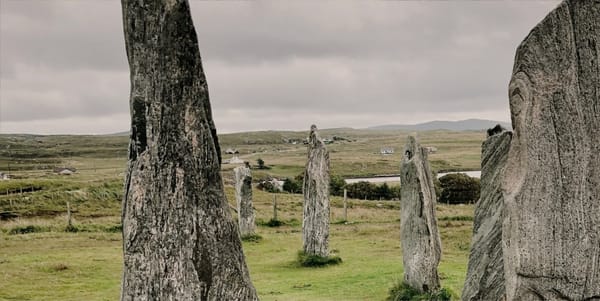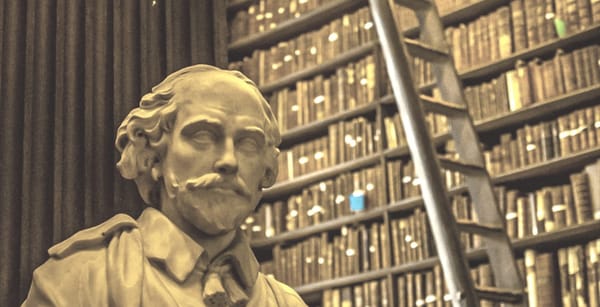The History of Language

Have you ever wondered where the amazing ability to speak languages and comprehend them comes from? How is it that humans can speak languages, whereas other intelligent species can’t? What is the oldest language? These are all fascinating questions to delve one’s free time into, and this article aims to uncover these mysteries and provide insight into the answers.
As the world moves forward, developing new kinds of technology, code, and innovations, it'd be wise to consider what really started it all—that is, our original means of communication, or language. First and foremost, to clear any confusion that may arise: the evolution of language isn’t simply when sounds were first vocalized, but rather when grammar and vocabulary combined into a system which generates an “infinite amount of rule based expression” as MIT Linguistics Professor Shigeru Miyagawa explains.
Additionally, it is said that all human languages can be somewhat related and traced back to a single “proto-human” language. It could explain why there are so many language families and why so many languages have similar phrases, words, and meanings. According to researchers and scholars, humans migrated and split from each other around 135,000 years ago. Later, around 100,000 years ago, there was a widespread appearance of cave paintings—the first instances of symbolic activity with linguistic meaning.
Furthermore, the use of language in our everyday lives has granted us an exponential advantage as a species. Human language and animal language differ in two main ways: words and syntax. Miyagawa argues that “No other animal has a parallel structure in their communication system. And that gives us the ability to generate very sophisticated thoughts and to communicate them to others.” Human language is arguably one of the most complex and fascinating systems ever developed. Without the miracle of language, no one would not understand each other’s words or their meaning. What a mind-boggling reality!
Moreover, the human brain possesses intricate qualities that are not found in other species’ brains. Certain areas in the human brain play a crucial role in our superior communication: Broca’s area, located in the frontal lobe, is responsible for the production of language and speech, while Wernicke's area is responsible for language comprehension. They are interconnected and perform the necessary processes for us to function linguistically. Damage to Wernicke’s area causes Wernicke’s aphasia, which is when individuals produce fluent, yet nonsensical speech, otherwise known as “word salad.”
In response, one could argue that there are plenty of intelligent non-human animals, of whom possess large brains, so why can't they speak or comprehend speech? However, the difference lies in the superior connectivity of the human brain, whose intricate networks are able to integrate regions of reasoning, memory, and motor control. With all of these amazing factors being considered, the development of languages in human culture has been the foundation of wonderful innovations and discoveries that led us to this very moment. Language is a gift to the human species. Therefore, everyone should utilize this gift for the best of causes.
